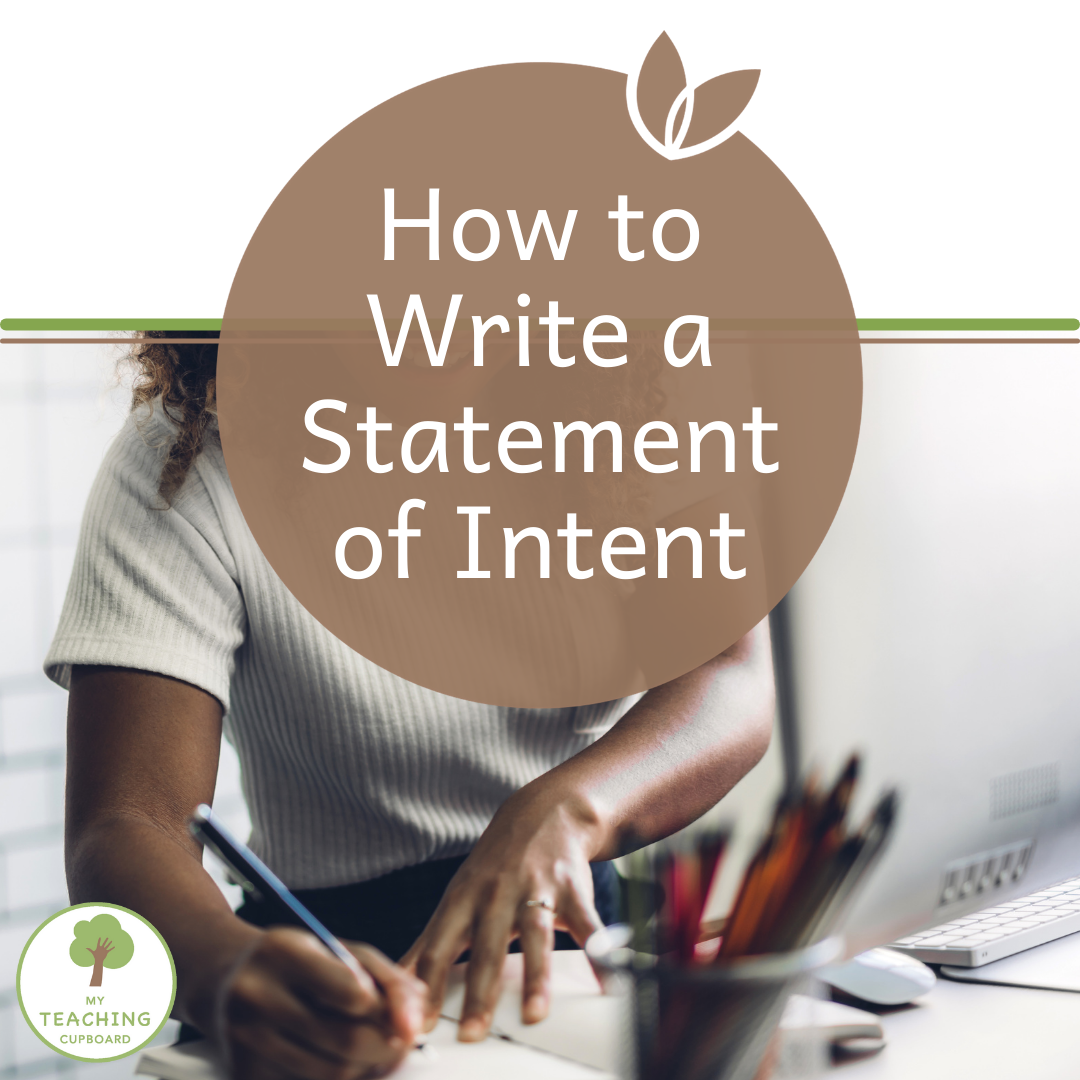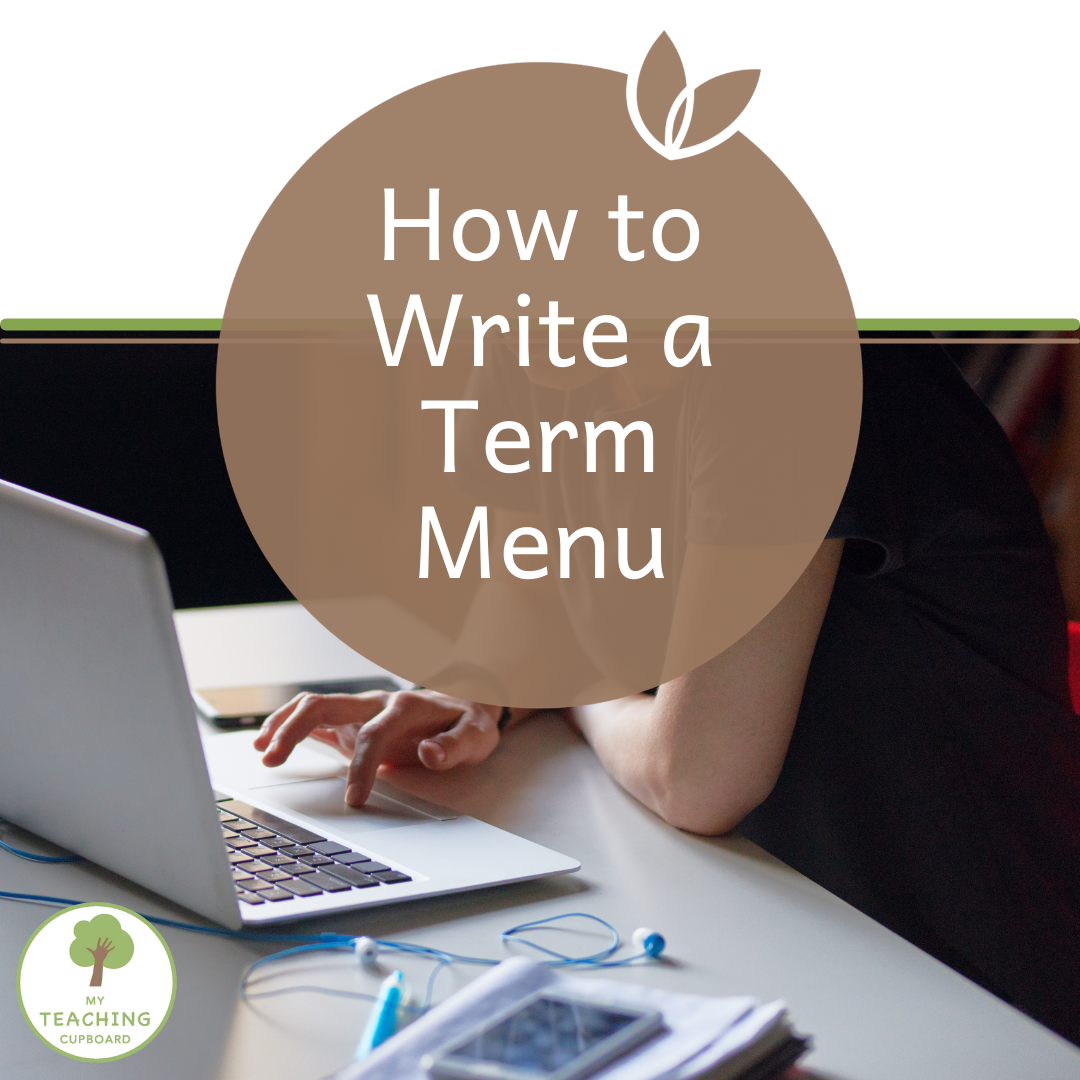Want to up your teaching game? Discover everything you need to know about Vygotsky Play Theory and how it can improve play based learning pedagogies in the early childhood classroom.
Read MoreDiscover the numerous benefits of play-based learning in early education and the important role it plays in children’s social, emotional, physical, and academic development. This comprehensive blog post uses recent research to show why this is the most effective way to teach young children.
Read MoreLearn the essential traits of a successful play-based kindergarten teacher. This guide offers practical advice and ideas for teachers to successfully implement a play-based learning pedagogy.
Read MoreDiscover all the wonderful benefits of block play in this blog post. From cognitive development to essential life skills, block play is a must-have activity in early childhood education.
Read MoreWondering how to create an effective play based learning environment? In this blog post you’ll discover how to create a learning environment that enhances student engagement and promotes academic success. Explore seven proven strategies that will help you transform your classroom into an effective and inspiring space for learning.
Read MoreExplore play theories from Piaget, Vygotsky, Erikson, Montessori, Reggio Emilia, and Susan Issacs. See how they can inform your teaching in a play-based learning classroom and help you create a rich and supportive play-based learning environment that nurtures children's development and fosters a love for learning.
Read MoreHands-on learning is learning by doing. It is not only fun and engaging, but it’s the most effective way early childhood students learn. Check out the top 5 resources you need to make your classroom hands on learning activities super educational and entertaining!
Read MoreDo you have students interested in wrapping, covering, or hiding objects or themselves? If you do - then you have students with the enveloping play schema. In this blog post, we'll explore the enveloping play schema in-depth and you’ll discover heaps of activities to support it in your classroom.
Read MoreAre you looking for some simple yet highly engaging investigation areas and learning invitations to start the school year? In this blog post, you’ll discover a heap of Investigation area ideas for the start of school. These tried and tested learning invitations are my go-to setups year after year, so you’ll be sure to find some that you can use in your classroom too.
Read MoreThe trajectory schema is all about movement. If you have children in your classroom throwing things, fascinated with moving objects or force and motion, you have children developing their trajectory schema. Discover exactly what this play schema is and get heaps of playful hands-on activities you can use to support them.
Read MoreIn this blog post, you will learn all about the orientation schema and why it needs to be supported in your classroom. You’ll also discover several hands-on playful activities that will help you to support this interesting play schema.
Read MoreThe transforming schema is all about change and how things transform in substance or appearance. If you have children in your classroom mixing sand with water or drawing and painting on their bodies, you might have children developing their transformation schema. This blog post will explain exactly what this play schema is and give you a heap of playful hands-on activities to support it.
Read MoreThe connecting schema is all about how things connect and separate. If you have children in your classroom tying things together, fascinated with tape or building and knocking over towers of blocks, you have children developing their connection schema. This blog post will explain exactly what this play schema is and give you a heap of playful hands-on activities to support it.
Read MoreIf you would like to create an engaging and effective learning environment and confidently plan learning experiences that perfectly match the cognitive development of each child in your class, this blog post on play schemas is for you. Understanding play schemas and being able to pinpoint the ones your students are developing is critical to the success of your early childhood classroom.
Read MoreIf you are familiar with the Walker Learning Approach, then you are no doubt also familiar with writing a Statement of Intent. This fortnightly planning document is vital to the success of your play-based learning program. Check out this blog post to see how we write ours.
Read MoreIf you think curriculum planning and mapping out your term is hard work and you find it a dreaded task that seems to take you forever, you are going to love this blog post on how to write a play-based learning term overview. I’ll show you my quick and easy process.
Read MoreThe best way to teach math is through play. This blog post explains the F-2 ACARA Math Curriculum and how you can create opportunities for your early childhood students to enjoy their math learning by using hands-on play based strategies and materials.
Read MoreAre you interested in how Reggio Emilia provocations could enhance the teaching and learning in your play-based classroom? Many play-based teachers are aware of the highly regarded early childhood programs from Reggio Emilia in Italy. Discover how you can design learning provocations influenced and inspired by those in Reggio classrooms.
Read More

















